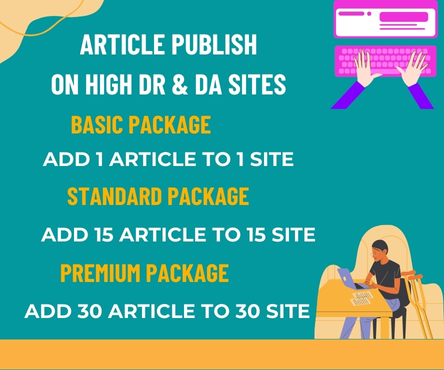In today’s fast-paced business landscape, intellectual property (IP) has become a vital component of a company’s overall value proposition. As a business owner, it is essential to implement effective legal strategies to protect your company’s IP assets, including trademarks, copyrights, patents, and trade secrets. Failure to do so can result in significant financial losses, damage to your brand reputation, and even bankruptcy. Please visit Knoxville Business & Commercial Litigation Attorney
Conduct an IP Audit
The first step in protecting your company’s IP is to conduct a comprehensive audit of your existing assets. This involves identifying and cataloging all IP-related materials, including:
- Trademarks: logos, slogans, brand names
- Copyrights: literary works, software code, artistic creations
- Patents: inventions, designs, utility models
- Trade secrets: confidential business information, proprietary processes
Develop a Robust IP Protection Strategy
Once you have identified your IP assets, it is crucial to develop a robust protection strategy. This may include:
- Trademark Registration: Registering your trademarks with the relevant authorities to prevent unauthorized use and protect your brand identity.
- Copyright Registration: Registering your copyrights to establish ownership and prevent infringement.
- Patent Applications: Filing patent applications to protect your inventions and innovations.
- Non-Disclosure Agreements (NDAs): Entering into NDAs with employees, contractors, and partners to protect your trade secrets.
Monitor and Enforce Your IP Rights
Effective IP protection requires ongoing monitoring and enforcement. This includes:
- Trademark Watching: Regularly monitoring trademark applications and registrations to prevent infringement.
- Copyright Infringement Monitoring: Monitoring online platforms and marketplaces for copyright infringement.
- Patent Infringement Monitoring: Monitoring competitors and market trends to detect potential patent infringement.
- Enforcement Actions: Taking prompt enforcement action against infringers, including sending cease and desist letters, filing lawsuits, and seeking damages.
Employee and Contractor Agreements
Your employees and contractors can be a significant source of IP risk. To mitigate this risk, it is essential to have comprehensive agreements in place, including:
- Employee IP Agreements: Requiring employees to assign IP rights to the company and maintain confidentiality.
- Contractor IP Agreements: Requiring contractors to assign IP rights to the company and maintain confidentiality.
Conclusion
Protecting your company’s IP assets is a critical component of business success. By conducting an IP audit, developing a robust IP protection strategy, monitoring and enforcing your IP rights, and having comprehensive employee and contractor agreements in place, you can safeguard your IP assets and maintain a competitive edge in the marketplace.

